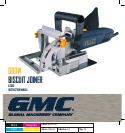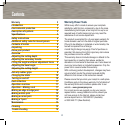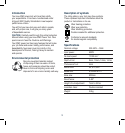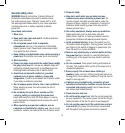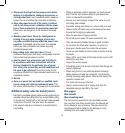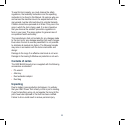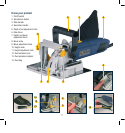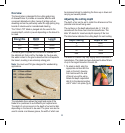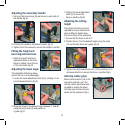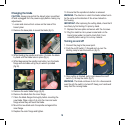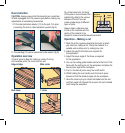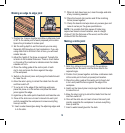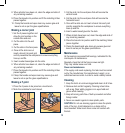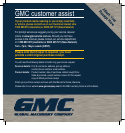
11
Dust extraction
CAUTION. Always ensure that the biscuit joiner is switched
off and unplugged from the power supply before making any
adjustments or connecting accessories.
1. Fit the dust extraction adaptor (13) to the port (12) when
connecting the tool to a dust extraction system (fig Q).
Q
R
2. The dust bag (14) can be connected to the adaptor (fig R).
Operation overview
A biscuit joiner is ideal for making a variety of strong
and accurate joints, the most common are:
Edge to Edge Mitre Joints
Butt Joints T Joints
To cut the biscuit slot, the body
of the joiner is moved toward the
material. By utilising the various
features of the tool you can
create a wide range of different
types of joints.
Always make a reference line
to line up the machine with the
centre of the material to be
plunged to ensure accurate biscuit placement.
Operation – Making a cut
1. Mark the all the opposing boards at the point at which
you intend on making a cut. Clamp the material to a
suitable work surface prior to making any cuts.
2. Adjust the height of the fence as required for
the application.
3. Adjust the bevel angle of the fence as required
for the application.
4. Line up the cutting guide located centre to the front of the
fence with the cutting line on the workpiece and place the
biscuit joiner against the workpiece.
5. Turn on the biscuit joiner using the on/off switch.
6. Whilst holding the rear handle push the biscuit joiner
forward so that the blade plunges into the workpiece.
7. Allow the return spring to retract the blade from the slot
and then switch off. Repeat this process for each marked
point along the workpiece.
Direction of PlungeDirection of Plunge
Centre line of
work and machine
Centre line of
work and machine
Crescent
shape cut
Crescent
shape cut



